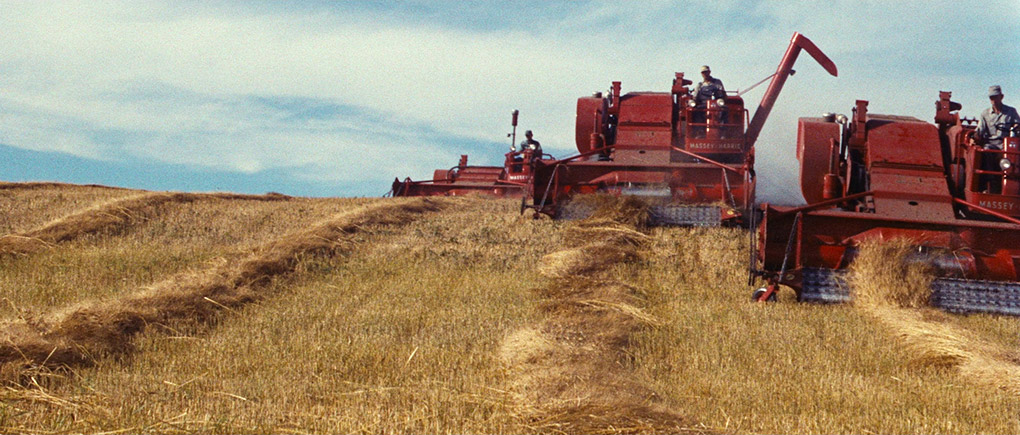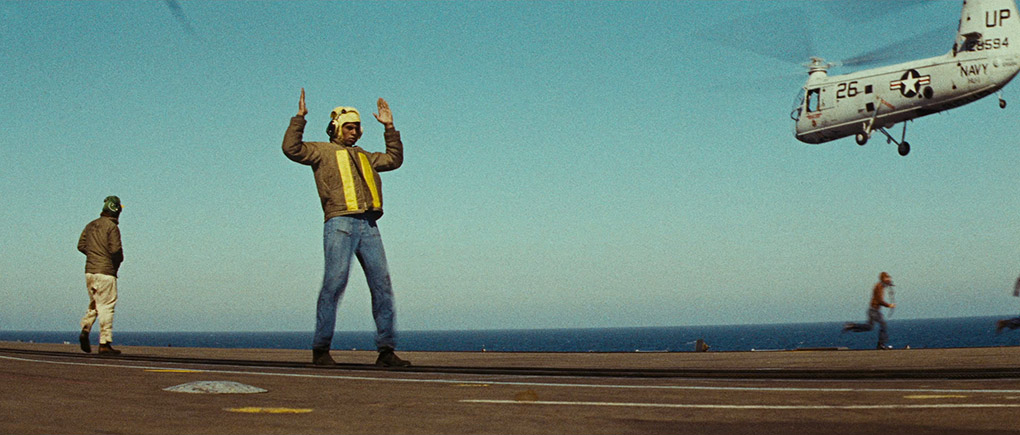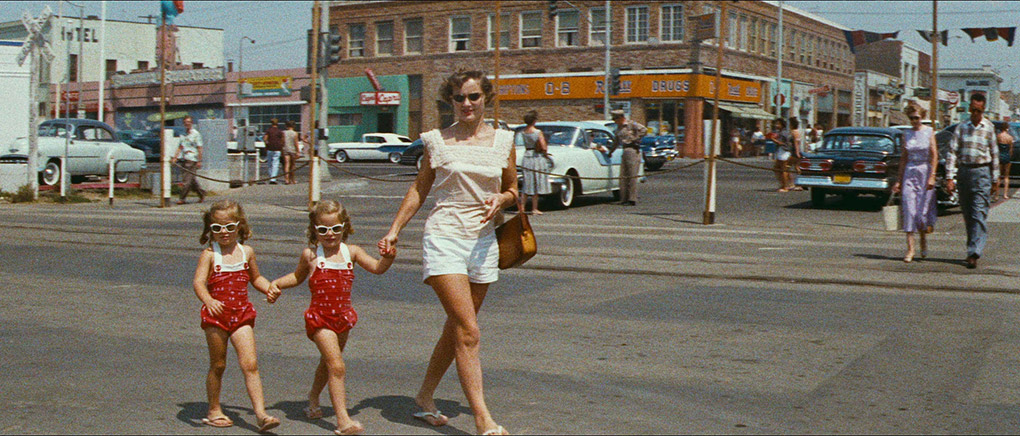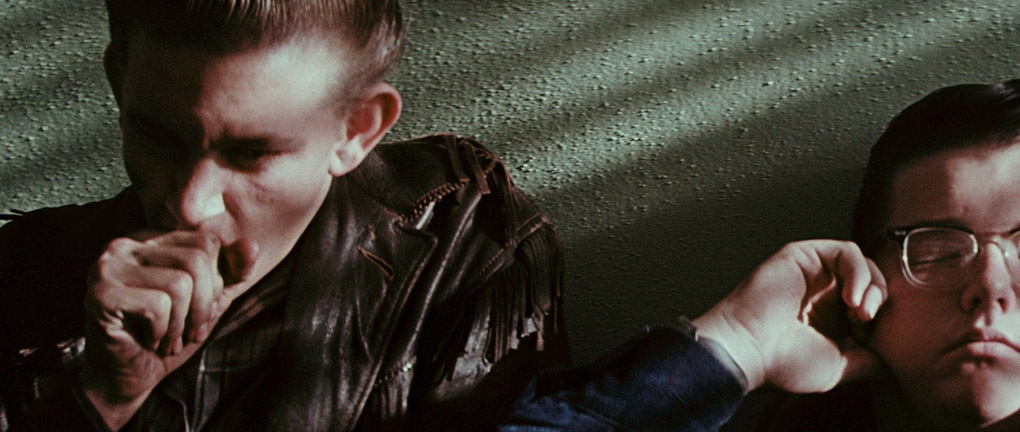|
Many times I’ve seen the case made for suggesting that an outsider is able to comment on a society with more clarity and objectivity that someone who has lived their life within it precisely because they have no vested interest in seeing it as either inherently good or bad, or at least that’s the theory. Conversely, you could argue that this very same outsider is more likely to misinterpret aspects of a society that are alien to them, judging them by the conventions of the culture into which they were born and in which they have lived for most of their lives. We tend to particularly notice this when our own country is observed by someone who is seeing it exclusively through a visitor’s eyes. Sometimes this can be genuinely educational – many Japanese visitors I’ve spoken to have been startled by what they see as the unhygienic practice of putting a toilet in the same room as a bath or shower – while at other times it can prove extremely tiresome, as with the American film and TV habit of painting everyone in Britain as either a ghastly Rees-Mogg toff or a preposterous cartoon cockney. There’s also a tendency for film and television documentarians, when visiting foreign lands, to focus almost exclusively on the aspects of a culture that differ from our own, which is of course why so many TV documentaries paint Japan as a land of strange eccentricities. It’s worth remembering that these programmes are made and presented by people who live in a country that hosts an annual cheese rolling festival at Cooper’s Hill in Gloucester.
Getting the balance right is a tricky task. If you’re making a film about a country other than the one in which you live then the chances are it’s primarily for home turf consumption, hence the above-mentioned tendency to hone in on those comparatively offbeat elements. Despite my snarky tone, this does actually make sense. Can you imagine, for example, an hour-long documentary on South Korea – to pick a random example – that spent its entire running time explaining that the country and its people are identical to ours. You’d learn something, sure, but I’d wager that you’d pick up all you needed to know in the first five minutes and spend the rest of the running time staving off boredom. Show a way of life that differs from our own, however, and you have an audience’s interest. Such programmes can prove genuinely beneficial, giving you a renewed appreciation for what you have or how lucky you are, or perhaps firing an urge for a lifestyle or even locational change that had never previously crossed your mind. They can even reassure you that your own offbeat interests or approach to life are part of a colourful tapestry of such welcome deviations from what is too commonly perceived at the norm.

What differentiates the films and programmes that do this well from those that do it poorly is almost always related to how they approach their subject. I’m speaking personally here, but show me a harmless aspect of a culture that differs from my own in an uncritical or even appreciative light and I’m with you all the way. Do so to mock or belittle that culture – unless we’re talking about something that results in the suffering or oppression of others – and frankly you can shove your film right up your condescending arse. A most engaging example of the former is Wim Wenders’ 1985 Tokyo-Ga, in which the acclaimed German director paid homage to the work of Ozu Yasujiro in a documentary feature in which he, as a first-time visitor to Japan, explored some of the ways in which the country does things differently from his own, but with a depth and fascination for his subject that I quickly warmed to. A full 25 years earlier, director-cinematographer François Reichenbach travelled to America in a cinematic quest to explore what defines the country and its people, and though it does often play like a cross-country travelogue, it also has the tone of a visual poem, one whose often striking visuals are complimented by narration written by Reichenbach and his celebrated compatriot Chris Marker.
Given the sometimes spikey relationship between America and France in the past decade or three, it’s easy to go into this forgetting just when it was made and expecting a critical portrait of a country whose reach, influence and actions have made it a fair few enemies over the years. Yet Reichenbach’s approach is driven by genuine fascination with seemingly all facets of American society, as much for what they seem to say about the country as for their cultural interest. Occasionally, this leads to some sweeping statements, as when the narration assures us at one point that there is a majorette in every American girl and a musician in every American boy. You reckon? Even more awkwardly dated is the claim that while schoolgirls must work for their exams – just like the boys – “outside of lessons they must acquire other assets, such as shapely legs and winning smiles,” an archaic statement that is followed by the suggestion that their “tomboyish games” will soon give way to love. Ouch.
In the course of the film’s brisk 90 minutes, Reichenbach spreads his net wide, observing and commenting on a diverse range of subjects, events and institutions. Many of these are the sort of things that almost any visiting filmmaker might see fit to point their camera at: jet fighters take off from and land on an aircraft carrier; teenagers kiss and blow bubblegum at the camera; paper boys cycle in the sunshine and toss newspapers onto perfectly groomed lawns; cheerleaders jump about and encourage their team while musicians march in formation in the half-time break; bright red combine harvesters roll through a field like advancing automatons; elderly women pump coins into slot machines in Las Vegas; energised kids and adults alike dance cheerfully in the New Orleans carnival. These episodes, however, are interspersed with more surprising picks: the sizeable number of Houston residents who don frontier costumes and rent horses to annually trek a route first taken by pioneers; a rodeo that is performed entirely by convicts and cheered on by visiting soldiers; prospective fathers who wash dolls in a class on caring for new born babies; a horse and its rider high-diving into a pool of water; women learning the finer points of striptease at a training facility set up for this very purpose; the opening hours of a festival attended exclusively by twins. Perhaps the oddest inclusion is a chicken that has been trained to knock all of the pins down on a miniature bowling machine in order to gain access to a portion of food.

The seemingly random nature of the selected subjects and their juxtaposition is given a sense of structure by the subtly inventive manner in which the film transitions from one to another, as the rotations of a combine harvester blade is echoed in the turning of the paddles on a Disney steamboat and the movement of a football game cheerleader is match-cut to a sailor give physical directions to a pilot on an aircraft carrier. Further consistency is provided by handsome scope cinematography – by Reichenbach, Marcel Grignon, Jean-Marc Ripert, Jérôme Sutter – that has the compositional majesty of a big budget dramatic feature, something aurally echoed by Michel Legrand’s sometimes full-blooded and genre-hopping score.
Many of the more obvious inclusions have an interesting or unexpected edge, as with the children’s soap box derby that attracts a Super Bowl-sized crowd, or the photography session where the breasts of the topless model are carefully shielded from the eyes of the American consumers at whom the images are targeted through the use of carefully arranged poses and camera angles. Even familiar imagery is sometimes rethought by Reichenbach and Marker’s narration, whose philosophical edge and thoughtful delivery gives these very American visuals – and I know I’m in danger of stereotyping here – a distinctly French feel (if you really want to go down that cultural rabbit hole, so, you could argue, does Reichenbach’s fascination with teenagers and models kissing). The one time Reichenbach does dig below the surface sheen with his camera a little is when he points it at the faces of newly arrested teenagers as they take part in an identity parade, have their photographs taken and sit around looking alternately dazed and disinterested, barely even acknowledging the presence of the camera crew.
All that aside, I have to acknowledge that the timing of this UK Blu-ray release of America as Seen by a Frenchman – which was likely scheduled many months ago – probably couldn’t have been worse, as Reichenbach’s poetic and largely uncritical love-letter to the country is somewhat at odds with the broken version that is currently featuring on the nightly news and a whole string of sometimes terrifying social media posts. As black lives continue to be valued less highly than their white counterparts, peaceful protestors are teargassed and beaten by police, and an incompetent, narcissistic and cowardly president hides in a bunker and threatens to unleash the military on the populace in a speech that even his own countrymen have described as fascistic, I have a feeling there won’t currently won’t be a huge appetite for this altogether sunnier view of the country and its culture. Of course, this is a historical record that has to be viewed in context, but even on its release a critic in the French cinema magazine Positif – one quoted by Philip Kemp in an extra on this disc – chided Reichenbach for ignoring the civil rights struggle that was then in full swing in favour of shots of black children dancing and spinning hula-hoops.

If you can distance the film from current events then what you have is a largely surface-deep but handsomely photographed and thoughtfully structured cinematic time-capsule record of ways in which America differs from the land of its captivated author. And for all its out-of-time innocence, I have to admit to rather enjoying it, though would be genuinely interested to see how younger American viewers would react to it today.
A near-pristine 2.35:1 1080p transfer whose richly coloured visuals have that often warm hue that seems to be a common feature of some film stocks of the period. Detail is crisply captured and the contrast nicely balanced, with strong black levels that only soften slightly in a couple of the more dimly lit scenes (inside a Las Vegas casino, for example), where the filmmakers were at the mercy of the available lighting. There’s no trace of dust or damage, suggesting some degree of restoration (the booklet may have more on this but I’ve not seen it) and a fine film grain is evident throughout.
The Linear PCM 1.0 mono soundtrack has no real issues and is clear enough, though the inevitable range restrictions are evident in the narration and some of the louder elements of the score.
Optional English subtitles kick on by default.
F for French (23:34)
A new video essay by Philip Kemp, recorded exclusively for Arrow in March 2020, in which the amiable and hugely knowledgeable author and critic examines the film and the career of its too-often sidelined director. I wasn’t too surprised to learn that Reichenbach was fascinated by America and American society and that previous to directing this, his first feature, he had made several short films about the country, extracts from some of which are included. What did catch me out is that one of them – the 1957 Les Marines, which recorded the brutal treatment of Marine recruits in boot camp – took a more critical view of its subject, one that in some ways would seem to prefigure Americans documentarian Frederick Wiseman’s unflinching 1971 feature examination of the same, Basic Training.

Image Gallery (1:13)
A rolling gallery (that can also be manually advanced) of nine stills taken during the filming, including one that would count as a behind-the-scenes shot.
The first pressing of the disc also includes a Collector’s Booklet featuring new writing on the film by Caspar Salmon, but this was not available for review.
As I noted above, the unfortunate timing of this release really does it no favours, as it’s damned near impossible to watch it without images of protestors being beaten, teargassed or shot at by police flashing through your mind. Even in the context of the year in which it was made it would be easy to dismiss it as naïve travelogue made by a filmmaker in the thrall of his subject, but the filmmaking itself, coupled with Reichenbach and Marker’s offbeat narration (plus opening and closing remarks by Jean Cocteau) make it well worth a look nonetheless, though perhaps a little later. Hell, it’s your call. A fine transfer and a solid extra feature mean I have no issues at all with the disc itself.
|